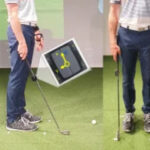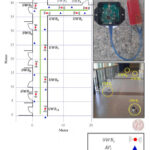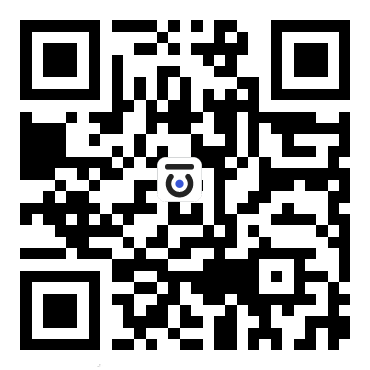Manipulators with multi-degree-of-freedom actuators are often used for complex tasks in specialized environments, such as nuclear power plants, space and undersea. In addition, there is an increasing number of robotic manipulation applications for human assistive technology in everyday life. Human intelligence can be more adaptable and reliable than computers in decision making and controlling unstructured environments. Therefore, teleoperated robotics is indispensable in a number of uncertain tasks.
Cerqueira's team at the University of Porto has worked on a smart glove that utilizes 12 IMU (Inertial Measurement Unit) sensors to capture hand movements. In addition to the system development, the team optimized the sensor fusion algorithm for the IMUs and proposed the Algebraic Quaternion Algorithm (AQUA). In addition, they proposed a modified human hand model, explaining its advantages and limitations. Considering the importance of calibrated gyroscope performance, the team analyzed online and offline calibration data separately. Finally, to better visualize the model and the sensors, simulations were demonstrated in the visualization tool Unity.


IMUs, being very portable, are often used to estimate orientation in 3D space, and in turn are increasingly used in human motion capture systems.The accelerometer in the IMU provides a gravity reference direction, which in combination with the rotation measurements provided by the gyroscope allows estimation of the sensor pitch and roll angles.IMUs are often fitted with a magnetometer to obtain the heading angle, but the magnetometer is the least reliable of the three sensors. Thankfully, in this application, the pitch and roll angles are sufficient and heading is not important. Ideally, the sensor would provide an unbiased measurement of 3D spatial angle and, in turn, hand attitude. Translating the sensor attitude into hand attitude relies on a hand model, and the team used the visualization tool Unity, to simulate the hand model and make the rest of the development faster.
The team used the ESP8266 wireless communication module for data communication with a wireless solution that is WiFi connected to the simulator network and communicates directly with it via UDP. Also the system is compatible with another Bluetooth communication solution, the Bluetooth bridge implemented for serial in Python.
Current glove designs leave much to be desired in terms of size and reliability. While the fabric chosen is flexible and comfortable to wear, it poses the problem of IMU calibration.IMU calibration is critical for precision and accuracy, and even more so for low-cost sensors. Since the user must remain stationary during the calibration process, careless movement of the user can cause the calibration error to grow significantly if the calibration time is too long, an issue that needs to be subsequently improved.






